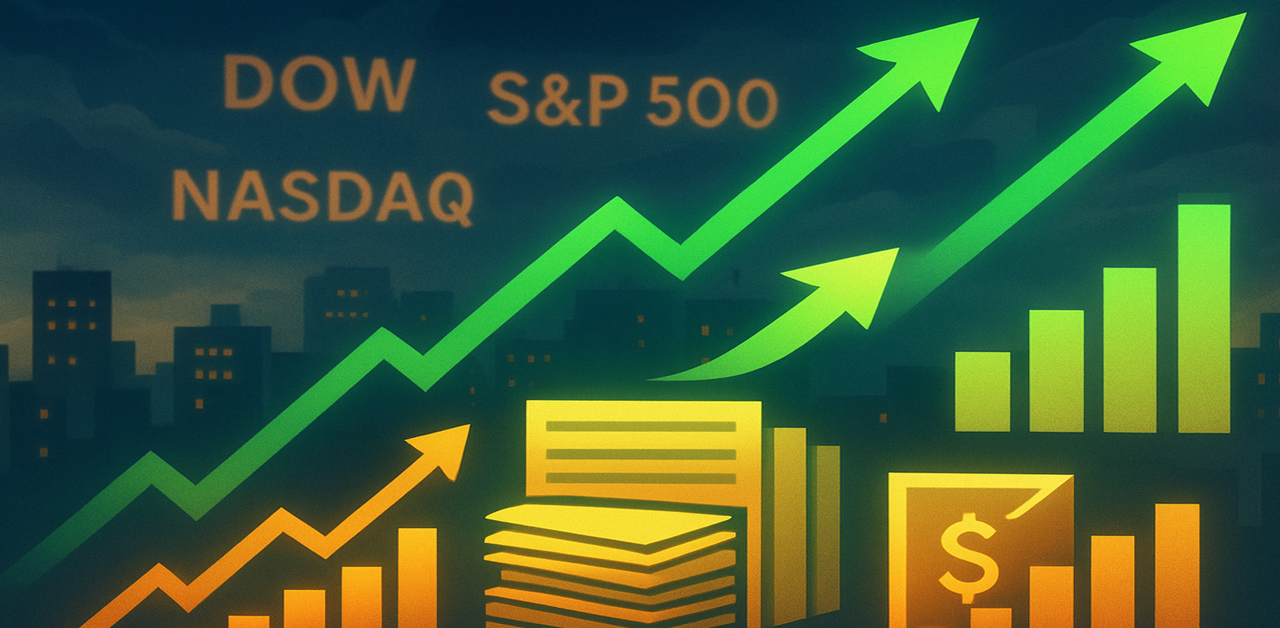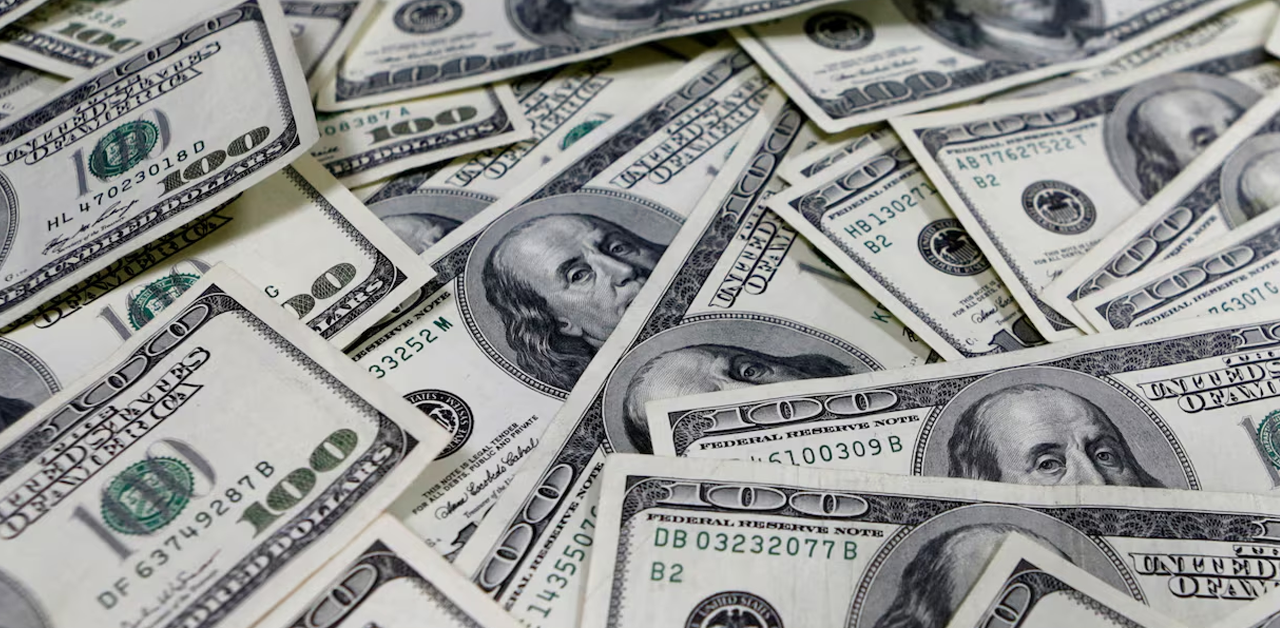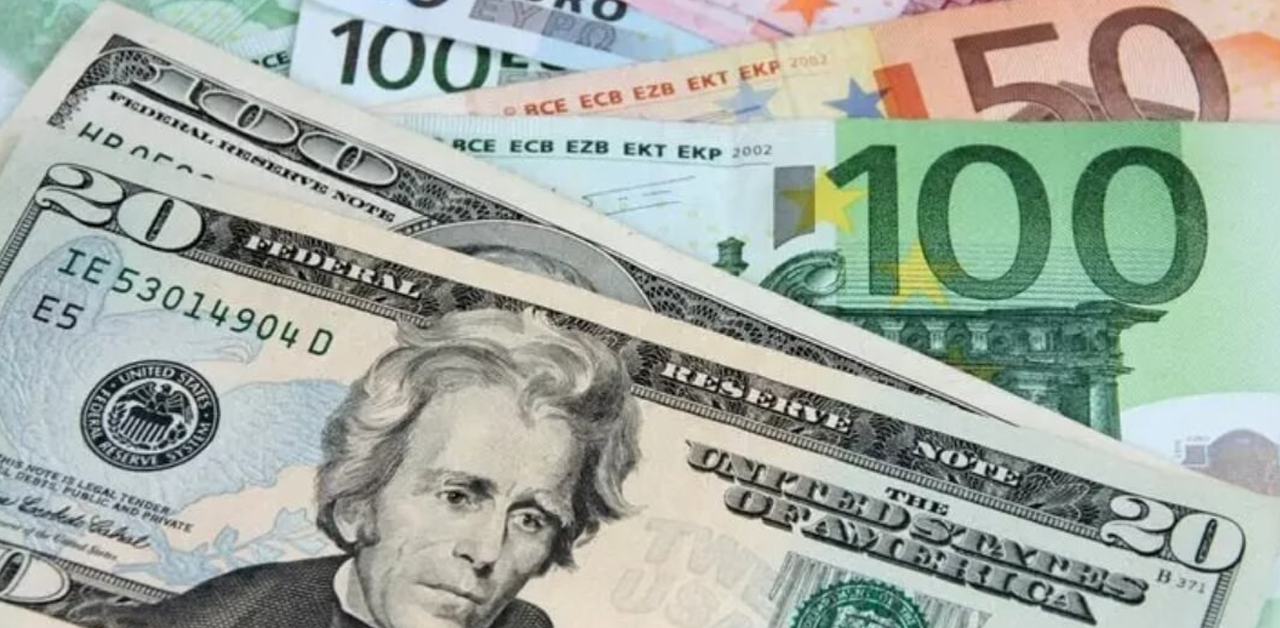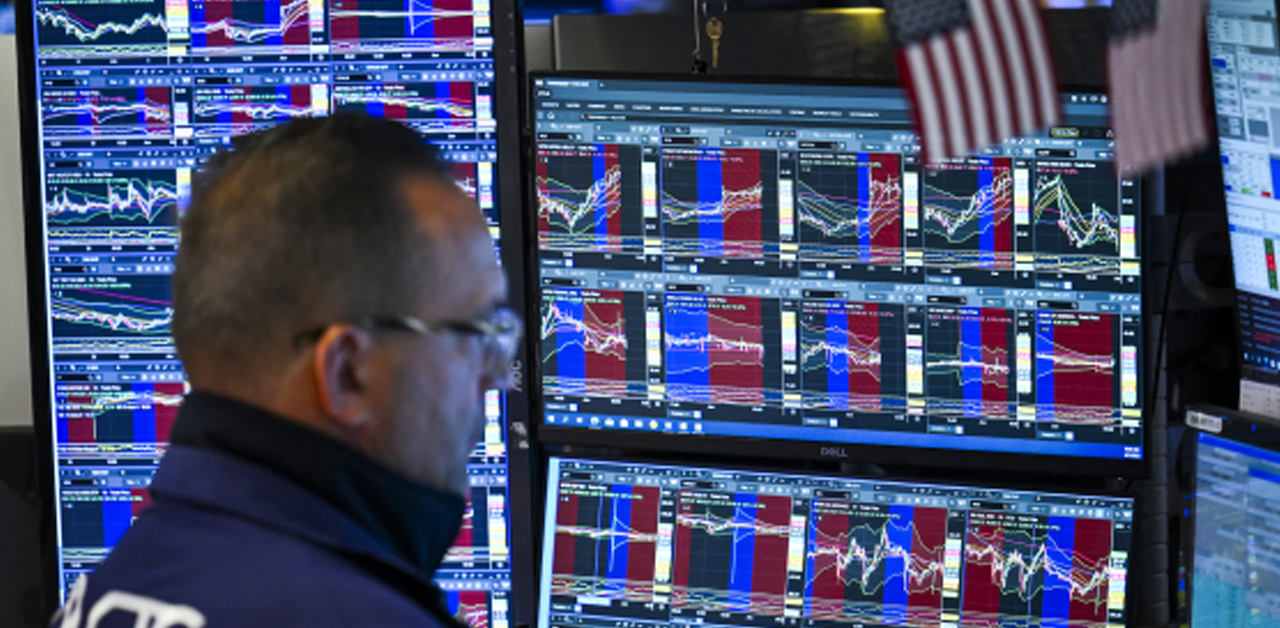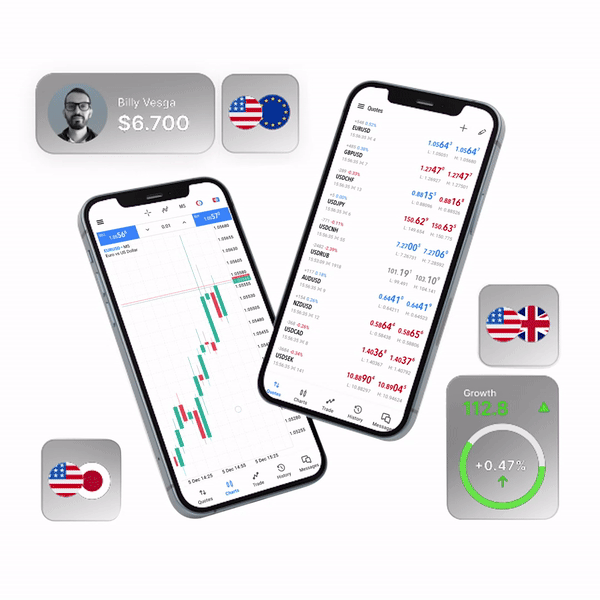Dollar Exhibits Initial Indications of Bottoming
Yesterday, several central banks, including the Bank of England, Norges Bank, Swiss National Bank, and the Central Bank of Turkey, took center stage as they grappled with higher-than-expected inflation. This inflation surge was partly due to a robust job market driving increased demand. Interestingly, even with more substantial interest rate adjustments than anticipated, none of these countries currencies experienced significant gains. This indicates that markets expect further actions to align policies with future necessities.
This sentiment was also evident in global markets, where US yields saw a mild uptrend without any significant news influencing the movement. The release of jobless claims data did not change the overall trend. In a Senate testimony, Federal Reserve Chairman Jerome Powell candidly addressed the possibility of two additional rate hikes. Consequently, US yields rose, and the German yield curve further inverted. Despite these occurrences, the impact on equities was minimal.
After experiencing a setback in June, the dollar appears to be stabilizing, with the EUR/USD exchange rate unable to surpass 1.10 and settling at 1.0956. The EUR/GBP rate also remained relatively stable despite the Bank of England’s rate hike. Asian markets exhibited a risk-off sentiment, with the Nikkei declining by 1.8% and mainland China markets staying closed. In the meantime, the dollar continued its strengthening trend against major currencies.
Today’s focus is on the release of monthly Purchasing Managers’ Index (PMI) data, with predictions of a minor easing in the US and European Monetary Union (EMU) composite PMIs. It is still uncertain whether the demand slowdown will be substantial enough to ease the tight labor market and curb demand-driven inflation. Core yields are expected to stay protected, and a technical rebound in the USD is probable, particularly if the equity market correction escalates.
The report concludes by noting that UK retail sales for May were slightly more robust than anticipated, with a minimal impact on the sterling exchange rate (EUR/GBP 0.8600). This stronger-than-expected performance suggests that consumer spending in the UK remains resilient despite ongoing challenges posed by inflation and other economic factors.
In summary, central banks across the globe are wrestling with higher-than-projected inflation, fueled in part by strong job markets and increased demand. Market participants are closely observing these developments, along with the potential for additional interest rate adjustments and their influence on currency valuations. As the global economic landscape continues to transform, investors and policymakers must stay vigilant and adaptive to navigate this intricate environment successfully.


